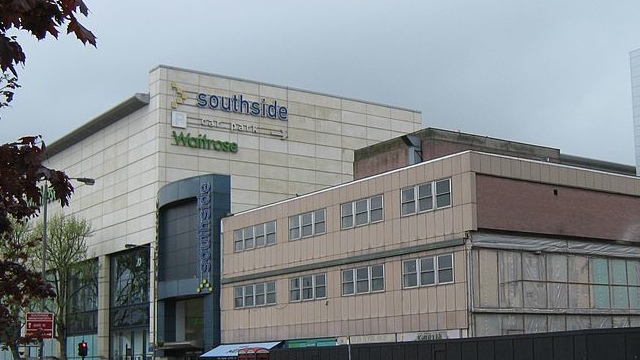
I represented Wandsworth on a tour of Nine Elms by Greater London Assembly regeneration committee members yesterday. Similar tours of the area are a fairly frequent event, reflecting the size of interest in what is central London’s last big development opportunity. However, diary clashes have meant I haven’t taken part in too many of them.
An upside to this is that I’m always slightly taken aback by the amount of work that has taken place behind the hoardings (although I run along Nine Elms Lane at least once a week, you don’t actually see that much from ground level). And every time I seem to be made aware of something I already knew, but hadn’t quite fully grasped for some reason.
This time it was how quickly this is all happening: I may have been filled with confidence by the Power Station ground breaking or news of sales on the developments but hadn’t fully realised that the first new residents of Nine Elms will be moving into Riverlight (the buildings in front of the Power Station in the poor quality snap above) about this time next year. Those residents will be joined by the first phase of Embassy Gardens and the completion of One St George Wharf1 next year.
Nine Elms is rapidly moving from an abstract vision to provider of homes, jobs and leisure.
- Be warned, this page automatically plays music that leaves you wondering what super-hero film trailer is playing. I will award a Mars bar to the best suggestion for a super-power that matches the music. ↩

